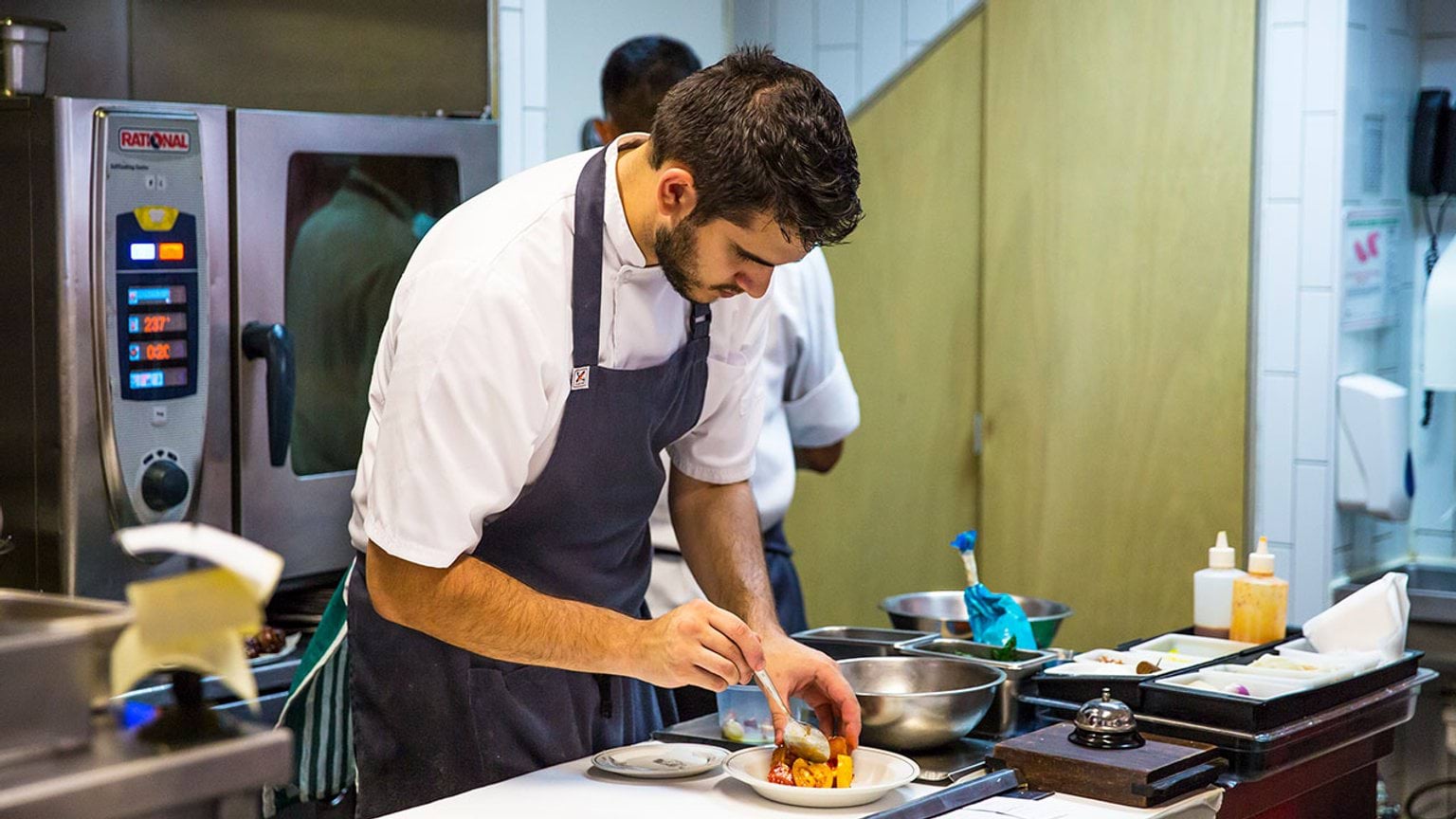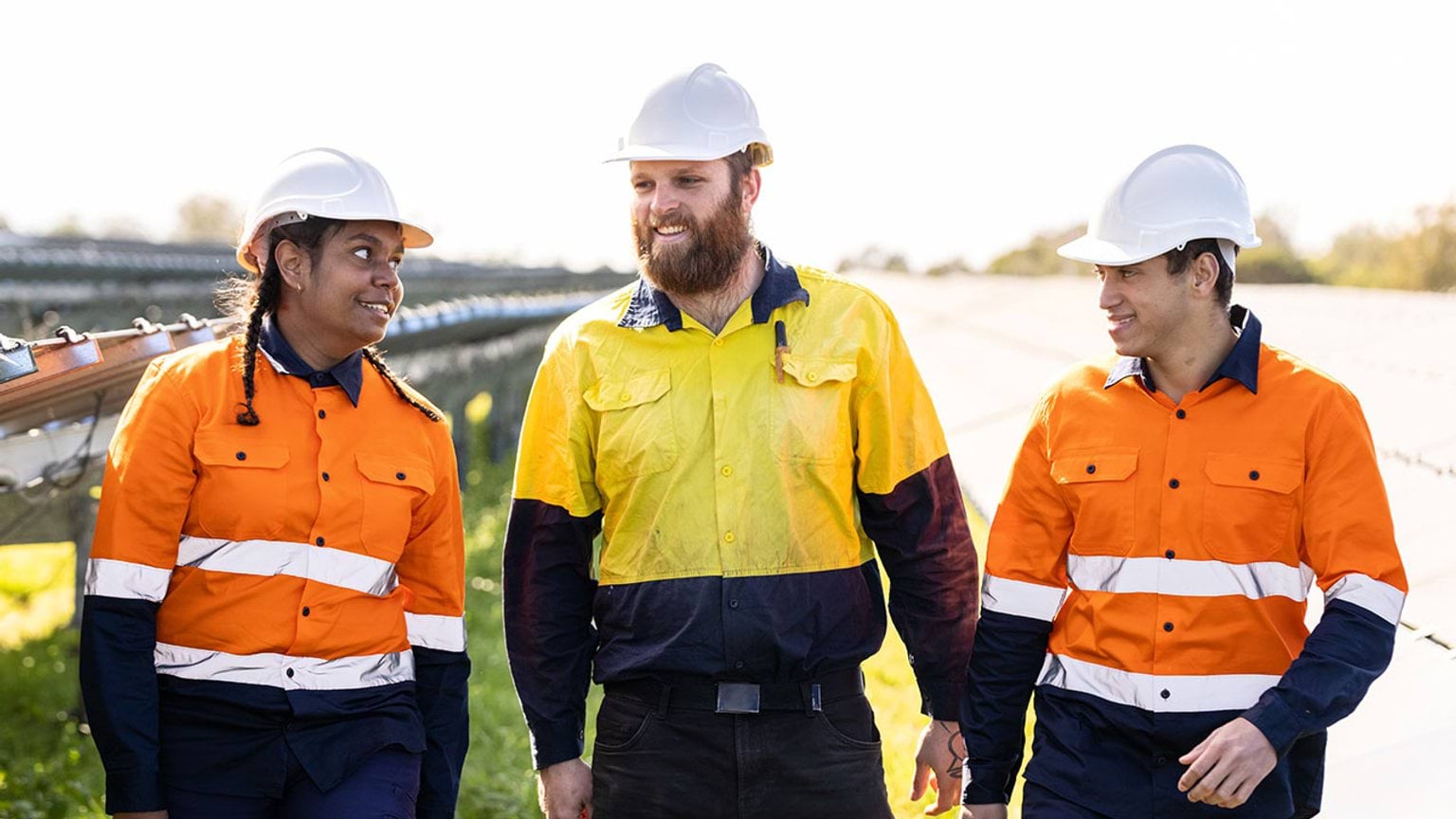If you love cooking and food, enjoy working with people and thrive under pressure, Victoria needs you.
Find out what a chef does and the related Vocational Education and Training (VET) courses and pathways you can take to secure a job.
What is a chef?
Chefs work in the kitchens of restaurants, bars, hotels, cafés and caterers. As a chef, you'll be responsible for cooking food to a professional standard. You'll also manage day-to-day kitchen operations including stock, safety and compliance. You may also design menus to meet changing consumer needs.
Find out more about chefs(opens in a new window) and related jobs on the Victorian Skills Gateway:
- cafe or restaurant manager(opens in a new window)
- cook(opens in a new window)
- hotel service manager(opens in a new window)
- kitchenhand(opens in a new window)
- pastrycook(opens in a new window)
- waiter(opens in a new window).
Related training courses
Explore these related TAFE and training courses on the Victorian Skills Gateway(opens in a new window):
You may be eligible for government funding to help pay for your course.
Median salary
The median weekly earnings for chefs in Australia is $1,330.
Source: Jobs and Skills Australia(opens in a new window)
Note this salary is current as of January 2024 and is indicative only. A range of salaries apply to different roles across the industry.
Job demand in Victoria
Below are the employment projections for chef jobs in Victoria. Figures show the number of workers in 2024 and the new workers expected to enter the workforce by 2027 and 2034.
‘New workers expected’ accounts for workers adding new jobs to the economy and replacing retirees over the next 3 and 10 years. These projections are estimates only. There will be additional jobs available as people move between jobs and industries.
| Region | Workers 2024 | New workers expected by 2027 | New workers expected by 2034 |
|---|---|---|---|
| Victoria | 32,438 | 1,895 | 10,686 |
| Melbourne – inner metropolitan | 7,682 | 542 | 2,748 |
| Melbourne – inner south-east metropolitan | 3,256 | 150 | 903 |
| Melbourne – southern metropolitan | 4,099 | 190 | 1,210 |
| Melbourne – northern metropolitan | 3,573 | 257 | 1,407 |
| Melbourne – eastern metropolitan | 3,550 | 142 | 989 |
| Melbourne – western metropolitan | 3,206 | 301 | 1,466 |
| Ballarat and surrounds (Central Highlands) | 858 | 40 | 299 |
| Bendigo, Echuca and surrounds (Loddon Campaspe) | 934 | 56 | 234 |
| Geelong, Colac and surrounds (Barwon) | 1,845 | 102 | 742 |
| Gippsland | 1,195 | 60 | 274 |
| Horsham and surrounds (Wimmera Southern Mallee) | 190 | <10 | 38 |
| Mildura, Swan Hill and surrounds (Mallee) | 366 | <10 | 63 |
| Shepparton, Seymour and surrounds (Goulburn) | 466 | 23 | 89 |
| Wangaratta, Wodonga and surrounds (Ovens Murray) | 724 | 31 | 147 |
| Warrnambool, Hamilton and surrounds (Great South Coast) | 490 | <10 | 78 |
Source: Victorian Skills Authority Employment Projections Dashboard
Career stories

Pivot in the pandemic: Sanny’s journey into a commercial kitchen
“I chose to get formal training because I knew it would open doors for me to apply for jobs. There are a lot of senior chefs looking after all the young chefs and willing to provide opportunities.“

Leela savours success as a junior sous chef
”I found a supportive community with my peers and teachers. They played an important role in refining my culinary skills. Chefs are one of the most in-demand jobs, so there’s lots of opportunity.“
Resources to plan your next steps
Visit our accommodation and food services industry profile to find out about:
- what it’s like to work in accommodation and food services, and some of the jobs you could do
- training and skills to work in the industry, and financial assistance to help pay for your course
- help getting a job in accommodation and food services, and industry job projections for Victoria
- other free resources and advice to plan your training and career.
Explore growing industries in your region
Updated



